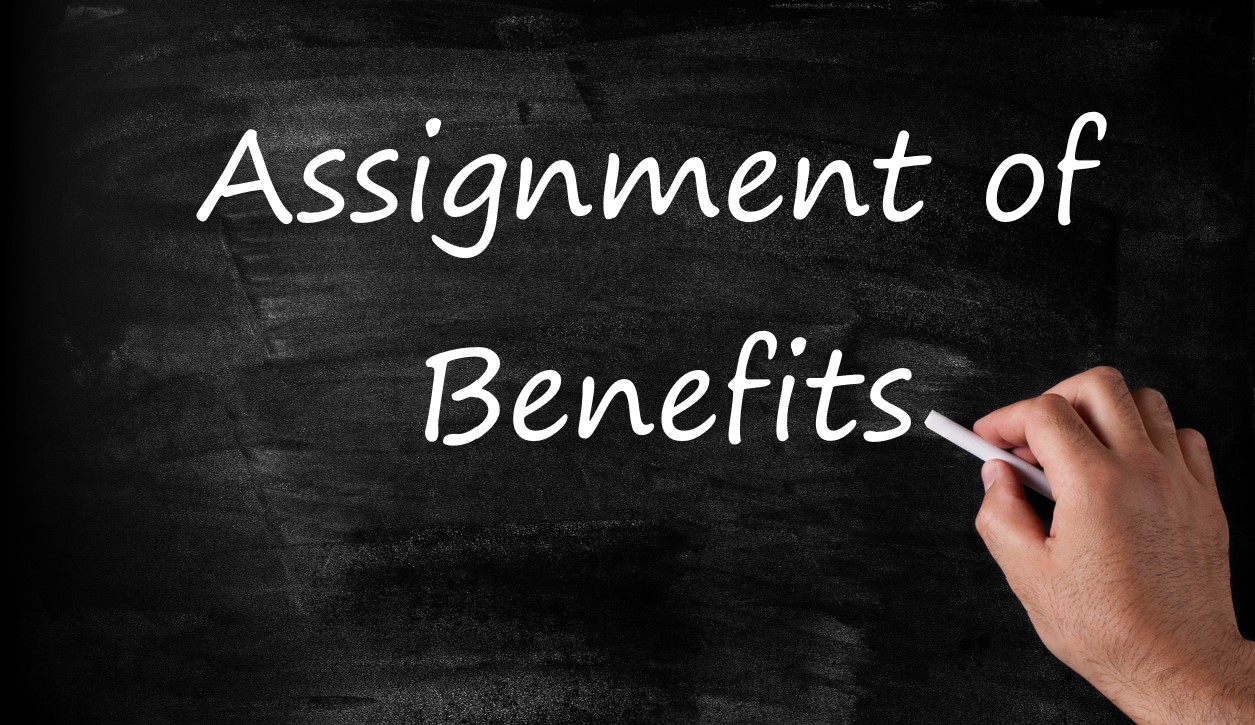Why do commercial insurance lawyers only study insurance cases? I was thinking about this while debating an excellent, but issue ignorant, insurance company lawyer about a particular coverage issue which his client promotes differently at the point of sale versus what he was arguing about the coverage. Similarly, my blog discussion of the Six P’s and Six E’s has nothing to do with insurance coverage cases, but the theory of modern business interruption. Understand the theory, how the policy should be working, and the law should catch up later and even learn from the theory.
The last three P’s are Productivity, Period, and Profits. As a reminder from, The Six P’s and Six E’s of Business Interruption Coverage.
The Six P’s:
- Parties
- Property
- Perils
- Productivity
- Period
- Profit
The essence of the Six P’s is that Parties are insured for damage to Property caused by an insured Peril which results in an interruption of Productivity for a Period of time with a resultant loss of Profit.
Productivity means that the Property is capable creating an income stream. The damage, whether it be total or partial destruction, must be of property that is capable of impacting the income stream.
Had this one concept been better explained, we may never have had stupidly and wrongly decided decisions caused by insurance company attorneys wrongfully arguing that their clients never intended to insure for business slow-downs from partial interruptions. These 1990’s arguments which extend into the current century and a win at all costs mentality are as shameful as arson myths promoted by SIU adjusters and insurance company arson attorneys during the 1980’s and 1990’s, presenting mythical and non-scientific reasons to opine that an arson fire occurred.
Productivity results from damage to any vital part of an operation where the income stream is decreased. It can be either a curtailment resulting in a slow done or partial decrease or a termination of the income stream. “The total or partial interference with Productivity forms a basis for claim of loss if caused by an insured Peril.”1
Those faced with the wrongly decided decisions that say that the older 1990’s forms do not provide coverage for the slowdown rather than only complete cessation of business operation should ask the insurance company why their internal ISO documents say otherwise. And they should ask for the internal discussions of the ISO explaining why their insurer customers’ attorneys were successfully arguing against coverage intended to be granted. As an aside, the ISO will certainly have a lot of discovery coming to it from the recent national shut-down of business.
I recently emphasized the Period to be measured in a business interruption claim in, Business Interruption Insurance Basics and the Period to Be Measured— A Discussion of Business Interruption During Tuesdays At 2 With Chip Merlin.
Period is a time factor. It is largely fact specific. My biggest tip is to use a critical path analysis to any Period problem listing all tasks that have to be completed.
The physical damage sets in motion a series of circumstances which triggers the time it takes to get back to business as usual. The loss may accumulate over that period of time, but the circumstances start at the trigger. The tasks to return to the end of the period, which will be defined in the policy, have an “actual” of what was done versus a theoretical of “what could have been done” analysis.
This actual versus theoretical is usually what is at the heart of a Period dispute. My experience is that the insurance company is very much about what the policyholder could have done versus looking inward at itself about what it could have done and actually did do. Both are at play when you the tasks needed to restore the operation to normal operations.
Periods of interruption may be limited by a policy deadline. It does not end on the policy anniversary, but it usually has a defined period of indemnity which may be extended after the Period of restoration ends. This is because many businesses return to normal operations, but their customers and income stream have not returned. Most American forms allow 30 to 60 extra days.
Profit is needed to collect. The term “profit” often gets misinterpreted to mean that businesses without a positive net income have no “Profit” and therefore cannot collect. These decisions and arguments may be the result of what happens when attorneys and judges have not studied or understand cost accounting principles. So long as the operation makes an income stream that contributes to the reduction of loss or in other words to reduce fixed expenses (overhead), Profit should be recognized and paid assuming the other five P’s are met.
I understand that cases get this deep, but even businesses losing money can have lost “profits” that should be compensable unless the business cannot even cover its variable non-fixed costs during the Period. Otherwise, the loss may be a blessing to the company because stopping or curtailing the operation reduces the lost profits under any scenario. In that case, no Profit could have been recovered because, for example, the revenue is less than the cost of the good or service without even considering overhead. In that case, it is impossible to arithmetically calculate a loss of anything in an economic or monetary sense.
The Six E’s are next.
Thought For The Day
Share your profits with all your associates, and treat them as partners. In turn, they will treat you as a partner, and together you will all perform beyond your wildest expectations.
—Sam Walton
___________________________________________
1 Business Interruption Insurance: Its Theory and Practice, p. 54, Nat’l Underwriter Co., 1986.




